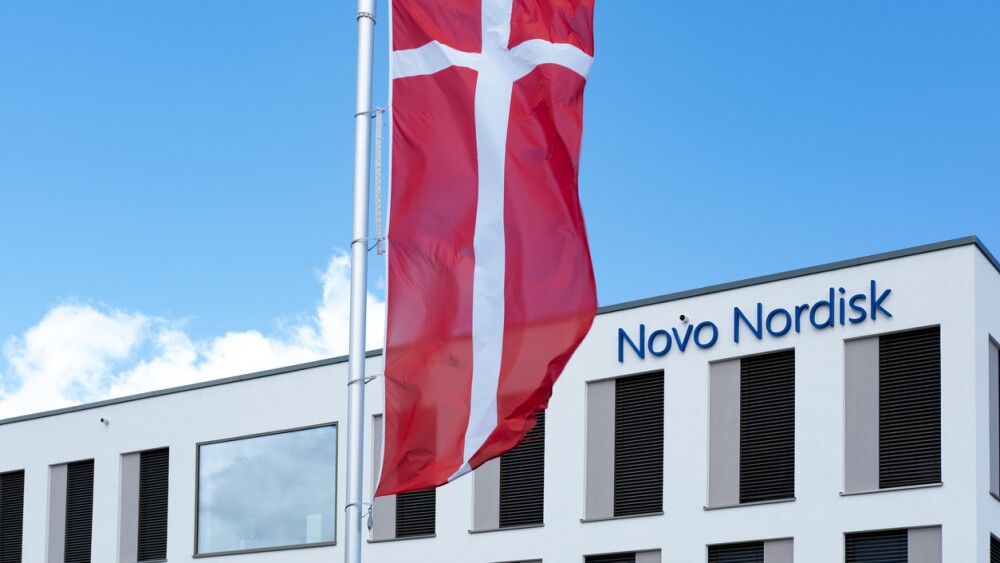After winning expanded approval for its gene therapy for Duchenne muscular dystrophy, Sarepta’s leadership and analysts see a sizeable commercial opportunity on the horizon.
Sarepta Therapeutics reached a major milestone last week as the FDA granted full approval for its Duchenne muscular dystrophy gene therapy Elevidys to be used in ambulatory patients at least 4 years old with a confirmed mutation in the DMD gene. The regulator also granted accelerated approval to patients who can’t walk.
This expansion has opened a much larger market opportunity for Sarepta, which it is now preparing to address.
“Sarepta is well prepared and uniquely positioned to make this expanded launch a success with four successful launches and compounded annual revenue growth of 115% from the beginning of 2017,” Sarepta CEO Douglas Ingram said on an investor call Friday.
While Ingram did not give any commercial performance updates or strict financial outlook, he noted that Elevidys’ commercial opportunity post-expansion is “absolutely immense,” noting that Elevidys’ price will remain $3.2 million.
According to a report from BMO Capital Markets, around 13,000 patients now have access to the therapy. In a recent report, William Blair analysts predict a “rapid uptake” of Elevidys in the near term, supporting “one of the strongest launches in recent years.” Specifically, the William Blair analysts anticipated in a separate report that Elevidys sales will reach $3.2 billion in 2025.
Who Will Pay for Elevidys?
Ingram said on the call that Elevidys treatments would be divided up about 50-50 between ambulatory and non-ambulatory patients and that it would be up to physicians and families to proceed with treatment. William Blair analysts noted that the new label also removes the urgency of treating patients before they age out and thereby extends the time from a patient signing the forms and getting enrolled in treatment to being infused. Previously, Ingram said, the time to treatment was “unusually short,” in part due to the age restrictions, but that timeline should now become more consistent with Sarepta’s guidance of around three months, as physicians move “out of crisis mode.”
Now that Elevidys has a more prominent label, William Blair analysts predict a “prolonged” fight with payers for access. But they said Sarepta has been good at its patient access efforts and they are still anticipating a strong launch for Elevidys.
“We have seven years-plus of experience working with payers, and we’ve been talking to payers about not only the label we received last year but the broader concept since 2018,” Ingram said on the call. “We are in a great position to work with payers to give kids access to both the broader label in the ambulatory population and the broader label in the non-ambulatory population.”
Production
Another major step for Sarepta will be manufacturing the therapy. According to the BMO Capital Markets analyst note, the manufacturing and hospital capacity to be the “only revenue limiting factor” for Sarepta.
Sarepta is transitioning from an adherent manufacturing system, where cells are grown as monolayers on an artificial material, to a suspension manufacturing method, where cells are grown via free-floating in culture. This can allow Sarepta to scale up its production processes from 500L to 2,000L, enabling the company to produce 1,600 doses annually. However, due to the possible increase in patient demand, BMO is now expecting “Elevidys supply to drive the Sarepta story.”
But Ingram was adamant that the company’s manufacturing processes were ready and that it would be able to serve patients upon launch. He said the company is not anticipating any near-term constraints.
“We are not only well prepared for this launch but well prepared to serve the community with our manufacturing capacity,” Ingram said.
In a separate investor note, William Blair analysts said that Catalent, purchased by Novo Holdings earlier this year, had already been manufacturing Elevidys with the notion that the drug would get full approval. And Sarepta does not seem fazed by the pending Novo-Catalent deal, as Ingram noted in its Q4 earnings call that a “long-term relationship” is in place and the deal will have no impact.
William Blair added that there are “outstanding questions” about how much additional manufacturing Catalent can support, however, and about the role of Thermo Fisher, which will be supporting the suspension-based manufacturing.
Tyler Patchen is a staff writer at BioSpace. You can reach him at tyler.patchen@biospace.com. Follow him on LinkedIn.






